Tourist offices in the alpine area
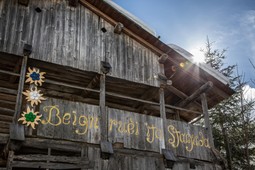
In the heart of the Unesco Dolomites, at the foot of Marmolada the Queen of the Dolomites, lies Rocca Pietore, which with its characteristic hamlets such as Sottoguda, Laste, Malga Ciapela and Caracoi, is the perfect place for your vacations!
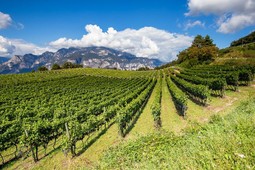
The Piana Rotaliana Königsberg lies in the heart of Trentino and its gently rolling hills, the Plain and the rivers that run through it provide the ideal setting for gentle sports activities: cycling and mountain Biking, as well as walking and river fishing, to name just a few.
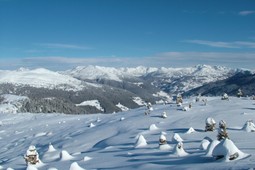
The picturesque village of Meltina is set on the Montezoccolo/Tschögglberg, between Bolzano and Merano, in the heart of South Tyrol. To the south of the village is the plateau Salto/Salten, the most beautiful and sunny high plateau of the area, surrounded by pastures and woods.
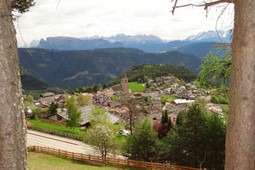
The lovely village of San Genesio/Jenesien is located at about 1,100 m and is easily reachable from Bolzano by car, but also by cable car. The plateau of Salten extends with open meadows reaching the holiday region of Merano.

Brixen as the oldest city of Tyrol is a crossroads of cultures and lifestyles. Mediterranean in summer and Alpine in winter.

The little town of Bruneck is located at the point where the Pustertal Valley opens out into a wide basin. To the north there is the main Alpine ridge, to the south you can see the world natural heritage site of the Dolomites.
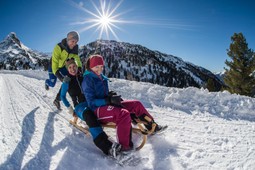
Discover the variety! A discovery tour across the valley: the village of Rasen at the entrance to the Antholz Valley, together with its hamlets Niederrasen, Oberrasen and Neunhäusern, is especially renowned for its fascinating landscape.

Vallagarina is the door of Trentino, an alpine Region in the North of Italy, a welcome for people from the South and a goodbye for friends that come from the North to reach Lake Garda. Rovereto is represented by different ages...
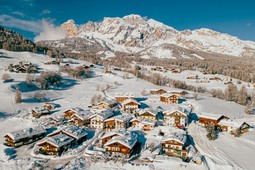
Cortina d’Ampezzo is today Italy’s premier mountain resort, exclusively positioned in one of the most wonderful and unique alpine regions in the world.
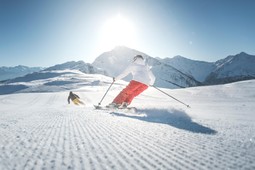
If you choose to spend your holiday in Ratschings, the three valleys community, you can expect to discover nature in its untouched form. You can also look forward to people who love hospitality and want to keep tradition alive.

Vipiteno/Sterzing existed already in the roman age as road fortress of the Roman Empire under the name Vipitenum. The town was officially mentioned in 1180 the first time.
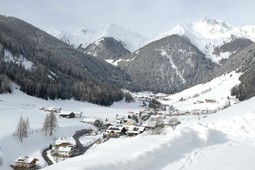
The Ahrntal Valley – Holiday on the sunny side of the Zillertal valley Alps.This valley, nestled in a majestic scenery of 80 mountains with heights over 3.000 metres, forms the northernmost part of Italy.
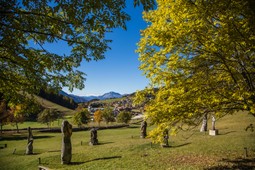
Folgaria Lavarone, Lusèrn and Vigolana - in a word, Alpe Cimbra - is a region studded by delightful alpine villages, famous for its many possible activities and summer and winter sports as well as for its incredible natural attractions.
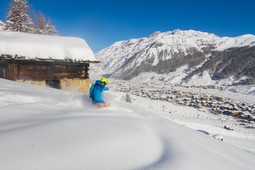
Livigno, situated between the Stelvio Nationa Park and the Swiss National Reserve, will offer you an unforgettable holiday. Known as the Alpine resort where holidays combine with sport, with mountain biking, snow skiing, running, Nordic skiing, Nordic walking, hiking...
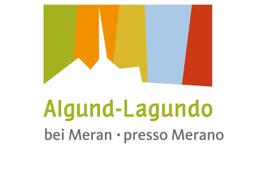
The garden village of Lagundo is surrounded by vineyards and orchards and only two kilometres from the modern spa town of Merano.
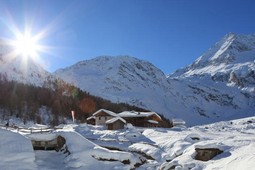
The Val Passiria extends from Merano to the mountain passes Passo Giovo and Passo Rombo. It is surrounded and protected by the Stubaier, Sarntaler and Oetztal Alps in the middle of the Nature Park Texelgroup. Numerous well-marked hiking trails make the Val Passiria a place for nature lovers. The Val Passiria is suitable for active vacationers as well as for leisure seakers.
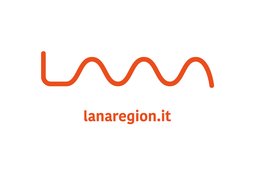
Lana connects From holiday region to temporary home. Lana is more than just a place; a sun-drenched region at the gates of Merano with vibrant villages, unspoilt nature and firmly rooted culture. Anyone who has ever been here knows: Lana connects.

On a moraine hill above the horseracing track, three kilometres southwest of Merano (Meran), lies the little village of Marlengo. Recreation and relaxation are of primary focus in this small community.
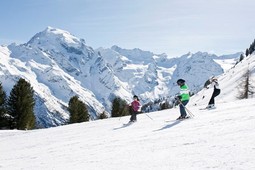
On foot, you’ll discover our area in all its facets including cultural treasures, amassing wonderful impressions that are sure to linger on. Prato allo Stelvio has a wide spectrum of activities on offer for complete holiday enjoyment.
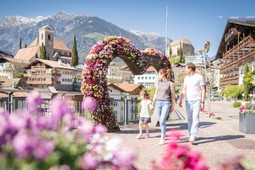
Set on a sunny slope above Merano, Schenna blends Mediterranean charm with alpine character. With over 200 km of marked hiking trails, historic irrigation channels (Waalwege), and seven cable cars.